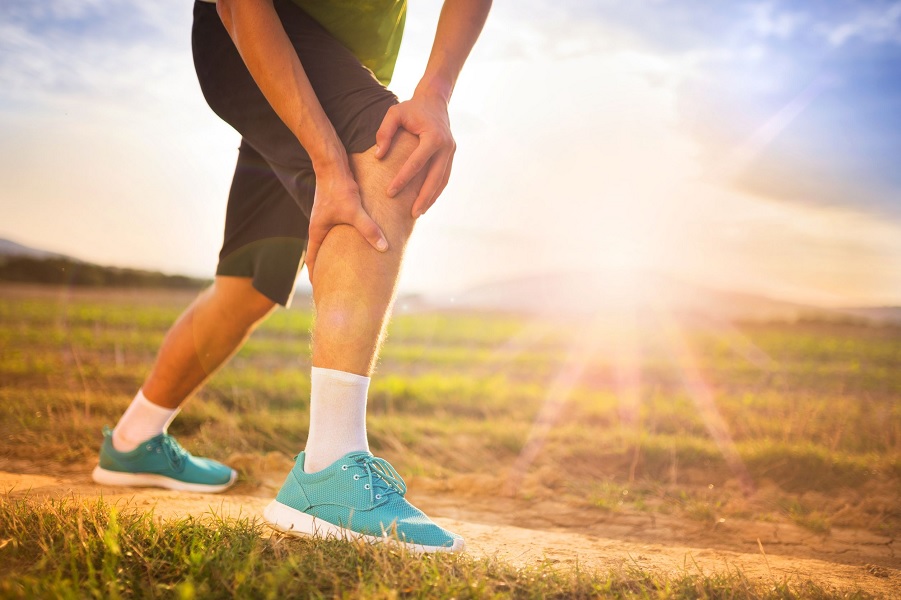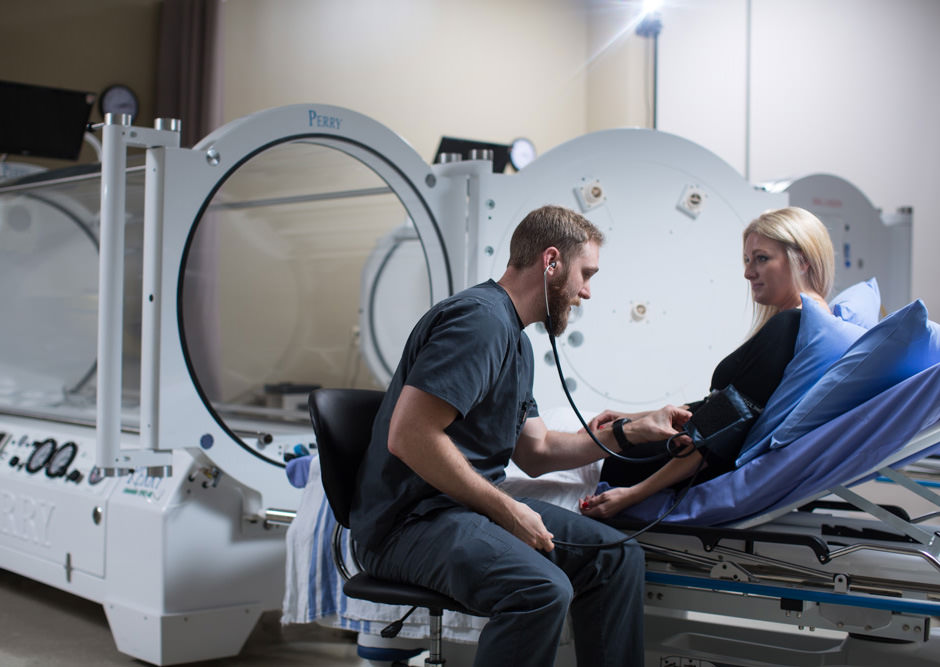When you have knee damage, you might have pointed out that your Knee Injury changes with the elements. Many people experience a flare-up of Knee Injury in the wintertime months.
What Causes Knee Injury in Cold Weather?
- Barometric pressure changes: Barometric pressure is the weight of the environment all around us. Barometric stresses often drop before the starting point of winter. This may cause gases and liquids within the joint to broaden, putting strain on the nerves that leads to pain.
- Cool and dampness: A mixture of frosty and high degrees of dampness can be bad for cellular buildings of the cartilage and bone.
- Hypersensitivity of nerves in the joint: Regarding knee damage, the nerves in the leg joint may become overly delicate to winter because of irritation, skin damage, or adhesions.
- Increased width of joint liquid: The liquid in the leg acts such as a surprise absorber, and in winter it could thicken. The increased width prevents the liquid from flowing openly, triggering rigidity in the joint parts.
- Inactivity: Winter means people stay in the house more. Inactivity for very long periods is bad for joint health.
What forms of Knee Injuries Are in Risk for Leading to Issues in Cold Weather?
You might find that pain raises during colder temps with certain types of leg injuries.
- Runner’s leg: That is a disorder that’s triggered by the pressure placed on the leg joint during operating. The downward strain on the leg joint causes the kneecap to rub against the thigh bone, leading to cartilage damage.
- In colder weather, your heartrate has a slower impulse rate, which can cause the cells and muscles that encompass the knee to be less lubricated and stiffer. In the event that you then make an effort to run at the normal speed or harder, achy knees and you can experience sore.
- Stress to the leg: In case your injury included muscles round the leg, in colder temps muscle tissue have to work harder than they might in warmer weather to complete the same jobs. This may lead to more harm to the muscle pain, which in turn causes increased pain and tissue.
- Patellar tendonitis: Also called jumper’s knee, this kind of tissue damage happens between your kneecap and thigh muscles to the shin bone. This causes knee pain right below the kneecap. In addition, it causes knee weakness and rigidity specially when jumping, kneeling, or climbing stairways. Winter makes tendons stiffer and reduces flow, which can aggravate jumper’s leg pain.
Strategies for Knee Joint Treatment in Cold Weather
You can lessen leg injury pain and rigidity when the temperature ranges drop. Below are a few actions you can take at home to alleviate joint pain:
- Keep warm: When it’s chilly outside, make an effort to remain warm. When you’re inside, take warm showers or baths, rest under a power blanket, and keep carefully the warm up. When you’re outdoors, heat up the automobile before you enter, and clothe themselves in layers to remain warm.
- Prevent bloating: Leg compression rings can lessen bloating and improve balance in the leg.
- Keep a wholesome weight and stay energetic.




